Themed collection Functional Open framework materials

Recent advances in AIEgen-based luminescent metal–organic frameworks and covalent organic frameworks
This review gives a brief introduction to AIEgen-based MOFs and COFs and focuses on their photoluminescence properties and potential applications.
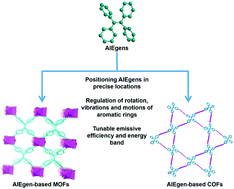
Mater. Chem. Front., 2017,1, 2474-2486
https://doi.org/10.1039/C7QM00254H
Metal organic frameworks as precursors for the manufacture of advanced catalytic materials
Metal organic frameworks are thoroughly reviewed as exemplary precursors for the manufacture of highly catalytically active materials.
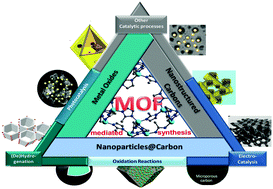
Mater. Chem. Front., 2017,1, 1709-1745
https://doi.org/10.1039/C7QM00007C
CO2 capture under humid conditions in metal–organic frameworks
An emerging technology for CO2 capture is the construction of hybrid adsorbent MOFs via confinement of water inside the pores. This review article describes the recent progress in this field.
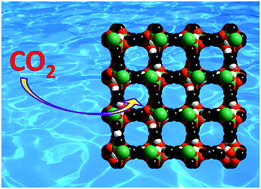
Mater. Chem. Front., 2017,1, 1471-1484
https://doi.org/10.1039/C6QM00301J
A flexible thioether-based MOF as a crystalline sponge for structural characterization of liquid organic molecules
Herein, we present a flexible MOF (PCN-41) composed of a thioether-based linker. By the virtue of the low symmetry, structural flexibility, and the electron-rich cavity environment, PCN-41 exhibits crystalline sponge behavior toward a series of electron-deficient liquid molecules.

Mater. Chem. Front., 2017,1, 1764-1767
https://doi.org/10.1039/C7QM00152E
Two-dimensional metal–organic frameworks for selective separation of CO2/CH4 and CO2/N2
Two 2D porous metal–organic frameworks for selective carbon dioxide separation have been reported.
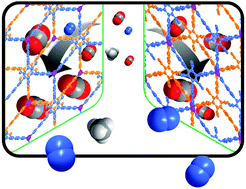
Mater. Chem. Front., 2017,1, 1514-1519
https://doi.org/10.1039/C6QM00375C
Chemically stable microporous hyper-cross-linked polymer (HCP): an efficient selective cationic dye scavenger from an aqueous medium
Charge-selective capture of organic cationic dye molecules (water pollutants) from an aqueous medium has been demonstrated using a cost-effective and stable microporous hyper-cross-linked material (HCP-91@Na).
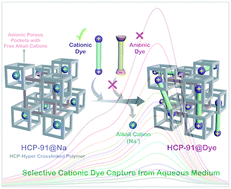
Mater. Chem. Front., 2017,1, 1384-1388
https://doi.org/10.1039/C6QM00362A
Aromatic-rich hydrocarbon porous networks through alkyne metathesis
Porous poly(aryleneethynylene) networks have been prepared through alkyne metathesis and their porosities and adsorption properties towards common aromatic solvents have been investigated.
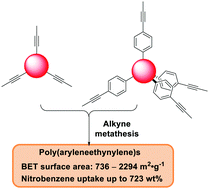
Mater. Chem. Front., 2017,1, 1369-1372
https://doi.org/10.1039/C6QM00359A
Tuning the stacking behaviour of a 2D covalent organic framework through non-covalent interactions
The distinct stacking behaviour of two related 2D covalent organic frameworks is traced back to geometric and electronic features of their building blocks. Self-complementarity and donor–acceptor-type interactions are identified as design principles to access highly crystalline COFs.
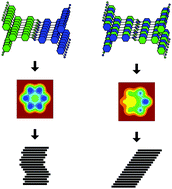
Mater. Chem. Front., 2017,1, 1354-1361
https://doi.org/10.1039/C6QM00378H
Downsizing metal–organic frameworks with distinct morphologies as cathode materials for high-capacity Li–O2 batteries
By downsizing Co-MOF-74 crystals with distinct morphologies, high capacities were achieved when they were employed in Li–O2 batteries.

Mater. Chem. Front., 2017,1, 1324-1330
https://doi.org/10.1039/C6QM00338A
A bifunctional covalent organic framework as an efficient platform for cascade catalysis
A covalent organic framework bearing pyridine moieties, which serves as a promising platform for cascade catalysis, exhibits extraordinary catalytic properties as exemplified by aerobic oxidation–Knoevenagel condensation reactions.
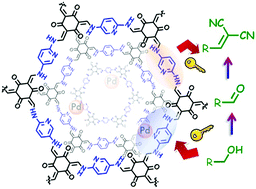
Mater. Chem. Front., 2017,1, 1310-1316
https://doi.org/10.1039/C6QM00363J
Towards hydroxamic acid linked zirconium metal–organic frameworks
Solvent assisted linker exchange (SALE) is used to incorporate hydroxamic acid linkers in UiO-66.
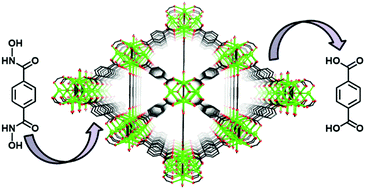
Mater. Chem. Front., 2017,1, 1194-1199
https://doi.org/10.1039/C6QM00364H
Direct conversion of coordination compounds into Ni2P nanoparticles entrapped in 3D mesoporous graphene for an efficient hydrogen evolution reaction
5 nm-sized Ni2P nanoparticles entrapped in 3D mesoporous graphene (Ni2P@mesoG) were synthesized in situ via [Ni2(EDTA)] thermolysis, followed by phosphidation.
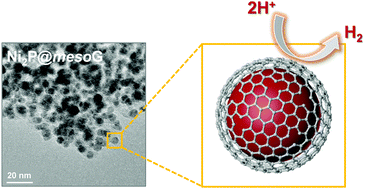
Mater. Chem. Front., 2017,1, 973-978
https://doi.org/10.1039/C6QM00269B
The ‘folklore’ and reality of reticular chemistry
The field of reticular chemistry is rapidly expanding and, as is true for any emerging field, there exists ‘folklores’ that permeate through the scientific discourse. It is within this context that we seek to address these ‘folklores’ in order to provide the realities of reticular chemistry.
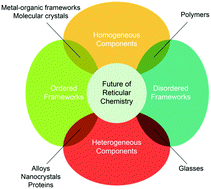
Mater. Chem. Front., 2017,1, 1304-1309
https://doi.org/10.1039/C7QM00144D
About this collection
Materials Chemistry Frontiers is delighted to publish the following collection of articles on “Functional Open framework materials”, guest edited by Bo Wang (Beijing Institute of Technology) and Donglin Jiang (Japan Advanced Institute of Science and Technology).
Focus of this themed collection is placed on the chemistry and synthesis of open framework compounds and related nanoporous structures that can be functionalized into materials for diverse applications, such as catalysis, gas storage, energy transformation and biosensing, etc.